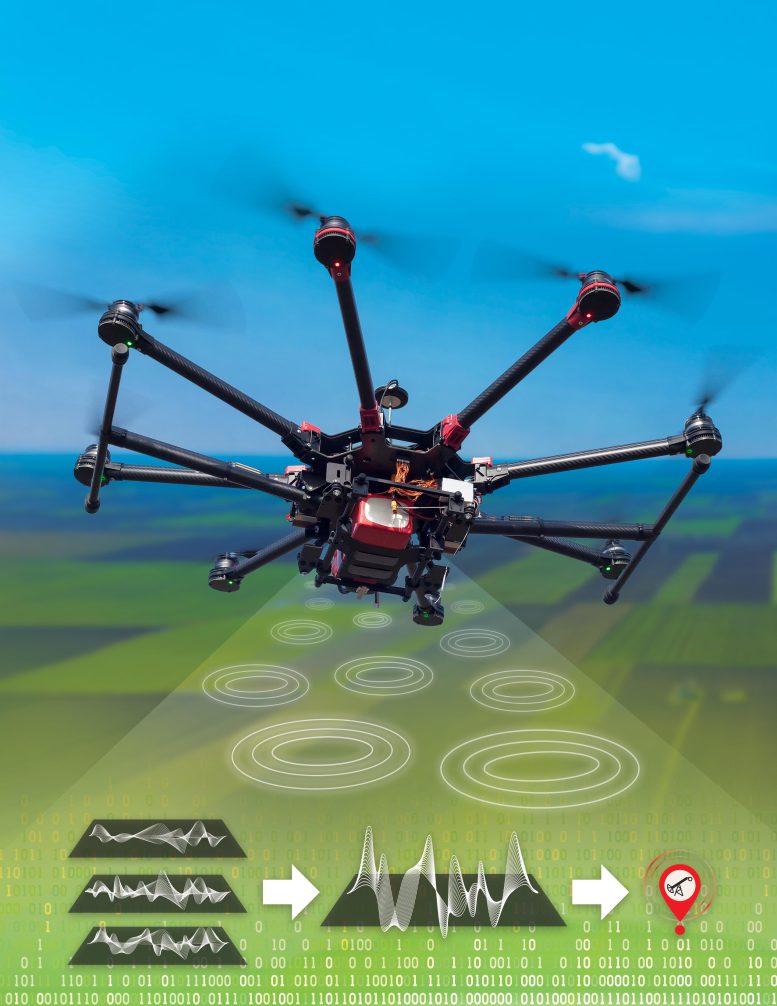
An innovation in using natural language models brings artificial intelligence to field-deployable sensors, including drones. Los Alamos National Laboratory is exploring the AI technology for locating and characterizing orphaned oil and gas wells that emit climate-warming methane. Credit: Los Alamos National Laboratory
A new method employing natural-language models is expanding AI applications in edge computing.
An advanced artificial intelligence (AI) technique allows for the reconstruction of extensive datasets, like the total ocean temperature, using a minimal number of sensors placed in the field. This method utilizes energy-efficient “edge” computing, offering widespread potential uses in various sectors including industry, scientific research, and healthcare.
“We developed a neural network that allows us to represent a large system in a very compact way,” said Javier Santos, a Los Alamos National Laboratory researcher who applies computational science to geophysical problems. “That compactness means it requires fewer computing resources compared to state-of-the-art convolutional neural network architectures, making it well-suited to field deployment on drones, sensor arrays, and other edge-computing applications that put computation closer to its end use.”
Novel AI approach boosts computing efficiency
Santos is the first author of a paper published by a team of Los Alamos researchers in Nature Machine Intelligence on the novel AI technique, which they dubbed Senseiver. The work, which builds on an AI model called Perceiver IO developed by Google, applies the techniques of natural-language models such as ChatGPT to the problem of reconstructing information about a broad area — such as the ocean — from relatively few measurements.
The team realized the model would have broad application because of its efficiency. “Using fewer parameters and less memory requires fewer central processing unit cycles on the computer, so it runs faster on smaller computers,” said Dan O’Malley, a coauthor of the paper and Los Alamos researcher who applies SciTechDaily